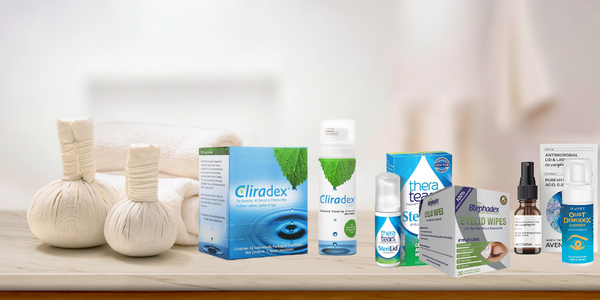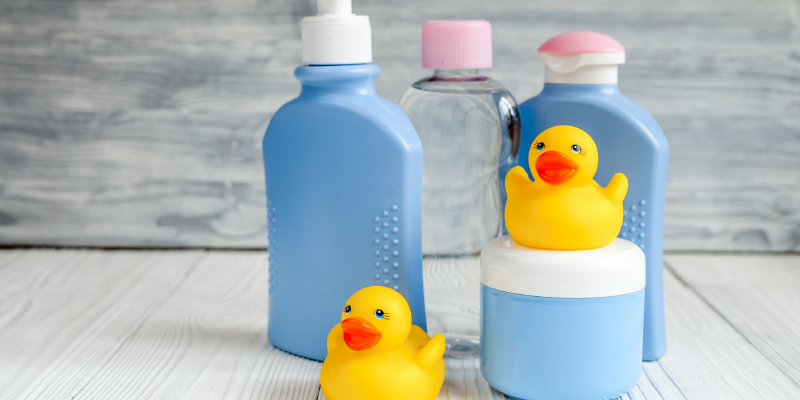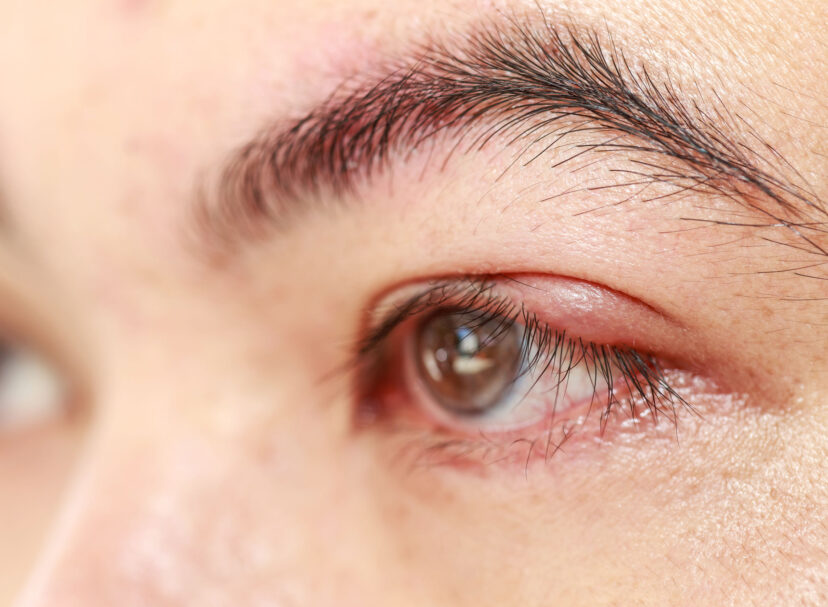Dry eye disease, also known as dysfunctional tear syndrome, is a very common ocular disorder, affecting millions of adults in the United States every year.
However, it is a rather complex issue, as many different eye-related problems can cause or contribute to dry eye, and ocular complications have a tendency to aggravate related conditions in a vicious cycle of worsening symptoms [1].
Therefore, there is not a one-size-fits-all treatment for every case of dry eye; rather, the particular symptoms you are experiencing and their degree of severity serve as indicators to the cause or causes of the condition and to what therapeutic option would be best suited in your case.
Seeking the correct treatment quickly is important because if left untreated, dry eye and associated conditions can eventually cause damage to your eyes and trigger much worse vision problems.
Rate Your Dry Eye Severity
To simplify diagnosis and treatment recommendations for dry eye disease, an international team of eye specialists collaborated to create an algorithm to determine optimal therapies for dry eye based on the type and severity of symptoms.
The result of this endeavor was the Dry Eye Severity Spectrum, a diagnostic chart which is easy to use by both patients and doctors and which can accurately guide doctors to select appropriate treatments for their individual dry eye patients [2].
Using this chart, dry eye severity and selection of treatment are determined by the signs and symptoms exhibited by the patient.
Ophthalmologists can use a more complex version of the chart to grade a patient’s dry eye in part with diagnostic tests they have run, but a sufficient ranking can be made based on the patient’s self-reported symptoms, sparing them from enduring physical procedures aside from non-invasive visual evaluation by the doctor [3].
To determine your dry eye severity level, check out the chart below [2].
| Dry Eye
Severity Level: |
1 | 2 | 3 | 4 |
| Frequency and Severity of Discomfort: | Mild and/or episodic
Occurs under environmental stress |
Episodic or chronic
Moderate Occurs under stress or no stress |
Frequent or constant
Severe Occurs without stress |
Constant
Severe and/or disabling |
| Visual Symptoms: | None or episodic mild fatigue | Episodic
Annoying and/or activity-limiting |
Chronic and/or constant
Annoying Activity-limiting |
Constant and/or possibly disabling |
Dry Eye Symptoms
Mild-to-moderate dry eye symptoms include:
- Slightly swollen or reddish eyelids
- Red or watery eyes
- Mild itching, stinging, or other discomforts in the eye
These symptoms may be annoying but do not tend to disrupt daily activities. Mild-to-moderate dry eye may be periodic or resolve on its own after a short time.
Moderate-to-severe dry eye includes symptoms like:
- Very swollen or puffy eyelids
- Itching or burning that can be painful
Symptoms of this degree of dry eye tend to be incessant or long-lasting and can disturb everyday activities such as reading, driving, or computer work.
Severe cases of dry eye can contribute to other optical problems and if untreated can eventually lead to damage of the delicate tissues on the surface of your eye.
Prior to 2007, the diagnosis and treatment of dry eye were largely subjective. The judgment of the disease severity and the recommended therapy varied widely from doctor to doctor. With the development of the Dry Eye Severity Spectrum, however, the classification of dry eye disease and the severity-based treatment recommendations have been standardized so you can expect very similar results from any ophthalmologist you visit [4].
Self-evaluation with the spectrum is much more reliable now and can be used to select over-the-counter treatments, although it is always recommended that you receive a consultation from a professional if your symptoms are affecting your daily life or last longer than a couple of weeks.
Relief is Possible
Fortunately, despite the complexity of compounding factors involved in dry eye disease, treatment options are fairly straight-forward for your given dry eye severity since the causes and aggravating conditions of dry eye tend to be closely related.
Proper ocular hygiene is critical to eliminating and preventing dry eye in any case and should be the starting point for treating eye-related disorders.
Solutions are available that target multiple causes of dry eye and related disorders simultaneously, so effective therapies can be chosen based on your dry eye severity indication without determining what specifically is the source of your dry eye discomfort.
Proper Eyelid Hygiene: An Important Step Toward Resolving Dry Eye
Cliradex offers two easy-to-use, over-the-counter products to help address dry eye symptoms and related optical problems depending on the severity of your symptoms.
Both products contain a compound called 4-terpineol, which is the most important component from tea tree oil. 4-terpineol clears infestations of demodex mites, also known as “eyelash mites.”
Since it doesn’t contain the other chemicals found in tea tree essential oils, Cliradex products are safe enough to be used long-term without causing the discomfort that is often associated with certain optical treatments [5].
Cliradex Light foaming cleanser is a gentle facial wash that can provide relief for mild-to-moderate symptoms, including eyelid irritation. Even if you are not currently experiencing dry eye, Cliradex Light should be used as a part of your daily facial cleansing routine.
It can help prevent the development of any clogs or infections and reduce the chance of dry eye happening in the first place.
For more severe symptoms, Cliradex Towelettes are a stronger cleanser. These contain twice the amount of 4-terpineol and are formulated to clean deeper or more advanced Demodex issues. Cliradex Towelettes should be gently dabbed on your closed eyelids, not rubbed since the skin in this area is very sensitive.
In addition to using the towelettes, it is recommended that you visit an eye doctor or optician for more specific directions on addressing moderate-to-severe cases of dry eye.
With products formulated to address a range of dry eye discomfort, Cliradex offers solutions for your dry eyes no matter where you rate on the Dry Eye Severity Spectrum.
Resources
- Milner MS, Beckman KA, Luchs JI, et al. Dysfunctional tear syndrome: dry eye disease and associated tear film disorders – new strategies for diagnosis and treatment. Current opinion in ophthalmology. 2017;27 Suppl 1:3-47.
- Behrens A, Doyle JJ, Stern L, et al. Dysfunctional tear syndrome: a Delphi approach to treatment recommendations. Cornea. 2006;25(8):900-907.
- Research in dry eye: report of the Research Subcommittee of the International Dry Eye WorkShop (2007). The ocular surface. 2007;5(2):179-193.
- Lemp MA, Foulks GN. The Definition and Classification of Dry Eye Disease: Guidelines from the 2007 International Dry Eye Workshop. Ophthalmology Management. 2008(April).
- Cheng AM, Sheha H, Tseng SC. Recent advances on ocular Demodex infestation. Current opinion in ophthalmology. 2015;26(4):295-300.




